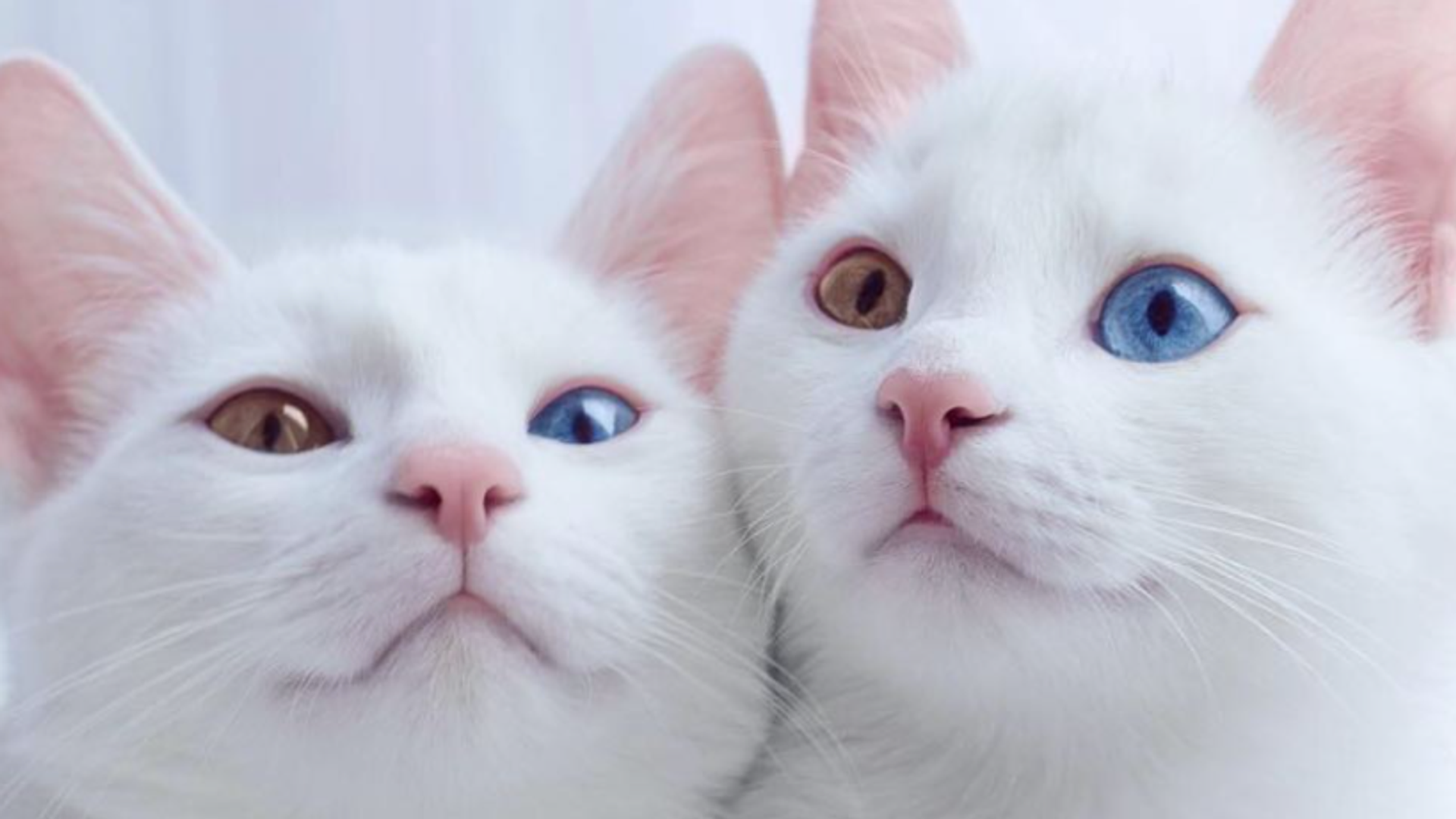https://sputnikglobe.com/20220615/researchers-finally-have-an-answer-to-why-cats-go-crazy-for-catnip-1096320411.html
Researchers Finally Have an Answer to Why Cats Go Crazy for Catnip?
Researchers Finally Have an Answer to Why Cats Go Crazy for Catnip?
Sputnik International
The reason cats love catnip is more practical than you may think. It turns out that catnip isn’t just a fun substance for our favorite felines, the plant also... 15.06.2022, Sputnik International
2022-06-15T01:10+0000
2022-06-15T01:10+0000
2022-06-15T03:58+0000
cats
catnip
pest control
https://cdn1.img.sputnikglobe.com/img/07e6/02/0d/1092981584_0:38:819:499_1920x0_80_0_0_af02f26c3647410ec29e101decc22417.png
According to a research group in Japan, when a cat chews on catnip (Nepeta cataria) or silver vine (Actinidia polygama), iridoids, a group of secondary metabolites found in many plants, are produced which repel arthropods.Some backyard arthropods include: fleas, mosquitos, ants, earwigs, crickets, ticks and ants.The researchers found that whenever these plants are damaged, the amount of iridoid (insect repellent) produced increases. In fact, once damaged, the leaves emitted 20 times more iridoids into the air compared to when they were left untouched.Catnip also released stronger iridoids (about 40 times more) than silver vine, a plant found in the mountainous regions of Korea, Japan and China that can grow up to 20 feet high and bears white flowers in the summer.When tested in their lab, the researchers discovered that both the silver vine plant and catnip were able to repel young female Asian tiger mosquitoes (Aedes albopictus). Surveying 16 cats, scientists also found that the cats showed more interest in the damaged plants than the plants that had been left intact.Cats will get cozy with the plants, rubbing and rolling themselves against the leaves in order to spread the insect repellent all over themselves, which helps them survive in the great outdoors.Some frisky felines love the plant so much they may even chew, lick or ingest the plant— why they do this, though, remains a mystery to researchers. Though scientists add that our furry friends’ olfactory senses are evolutionarily designed to seek out these plants in order to protect themselves from painful bites and diseases pests may carry, such as bobcat fever; an acute, often fatal disease carried by Lone Star ticks.“This means that licking and chewing is an instinctive behavior elicited by olfactory stimulation of iridoids,” said Miyazaki, who added that the cats were not in any risk of addiction during the study, and were most likely experiencing feelings of “euphoria.”
https://sputnikglobe.com/20220516/cats-are-listening-and-they-know-your-name---study-1095552247.html
Sputnik International
feedback@sputniknews.com
+74956456601
MIA „Rossiya Segodnya“
2022
News
en_EN
Sputnik International
feedback@sputniknews.com
+74956456601
MIA „Rossiya Segodnya“
Sputnik International
feedback@sputniknews.com
+74956456601
MIA „Rossiya Segodnya“
cats, catnip, pest control
cats, catnip, pest control
Researchers Finally Have an Answer to Why Cats Go Crazy for Catnip?
01:10 GMT 15.06.2022 (Updated: 03:58 GMT 15.06.2022) The reason cats love catnip is more practical than you may think. It turns out that catnip isn’t just a fun substance for our favorite felines, the plant also acts as a helpful pest repellent.
According to a
research group in Japan, when a cat chews on catnip (
Nepeta cataria) or silver vine (
Actinidia polygama), iridoids, a group of secondary metabolites found in many plants, are produced which repel arthropods.
Some backyard arthropods include: fleas, mosquitos, ants, earwigs, crickets, ticks and ants.
The researchers found that whenever these plants are damaged, the amount of iridoid (insect repellent) produced increases. In fact, once damaged, the leaves emitted 20 times more iridoids into the air compared to when they were left untouched.
Catnip also released stronger iridoids (about 40 times more) than silver vine, a plant found in the mountainous regions of Korea, Japan and China that can grow up to 20 feet high and bears white flowers in the summer.
When tested in their lab, the researchers discovered that both the silver vine plant and catnip were able to repel young female Asian tiger mosquitoes (Aedes albopictus). Surveying 16 cats, scientists also found that the cats showed more interest in the damaged plants than the plants that had been left intact.
Cats will get cozy with the plants, rubbing and rolling themselves against the leaves in order to spread the insect repellent all over themselves, which helps them survive in the great outdoors.
Some frisky felines love the plant so much they may even chew, lick or ingest the plant— why they do this, though, remains a mystery to researchers. Though scientists add that our furry friends’ olfactory senses are evolutionarily designed to seek out these plants in order to protect themselves from painful bites and diseases pests may carry, such as
bobcat fever; an acute, often fatal disease carried by Lone Star ticks.
“When iridoid cocktails were applied on the bottom of dishes that were then covered by a punctured plastic cover, cats still exhibited licking and chewing even though they couldn’t contact the chemicals directly,” said Masao Miyazaki, a professor at Iwate University in Japan and a lead author of the study.
“This means that licking and chewing is an instinctive behavior elicited by olfactory stimulation of iridoids,” said Miyazaki, who added that the cats were not in any risk of addiction during the study, and were most likely experiencing feelings of “euphoria.”


